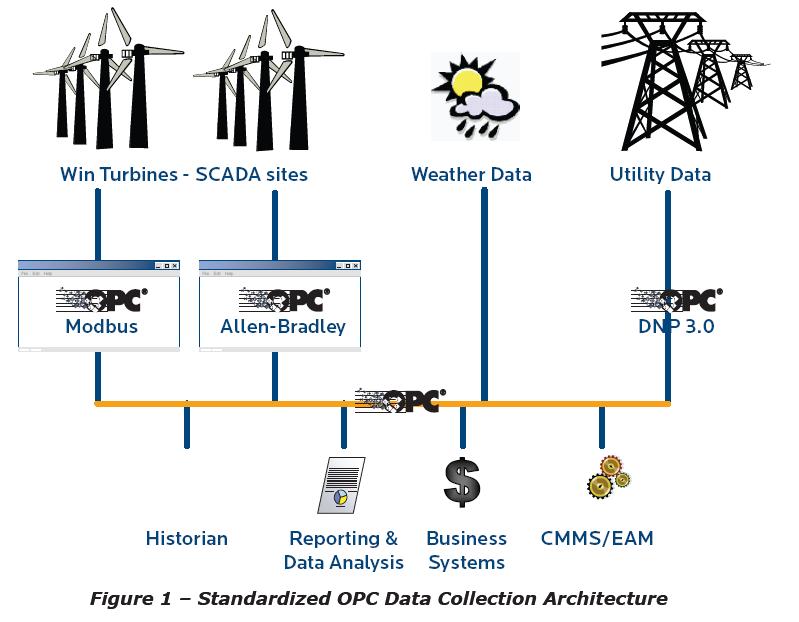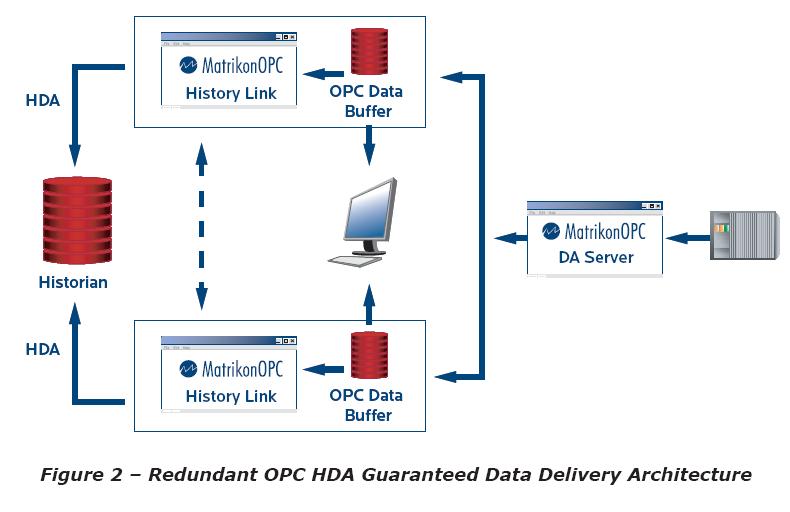Winds of Change - Using OPC in Guaranteed Data Delivery for Wind Farms
by Eric Murphy | November, 2007
Automation, Control & Plant Intelligence - Articles, Analysis, Reviews, Interviews & Views
by Eric Murphy | November, 2007


YOU MAY LIKE:
Popular Articles
Manufacturing Insights